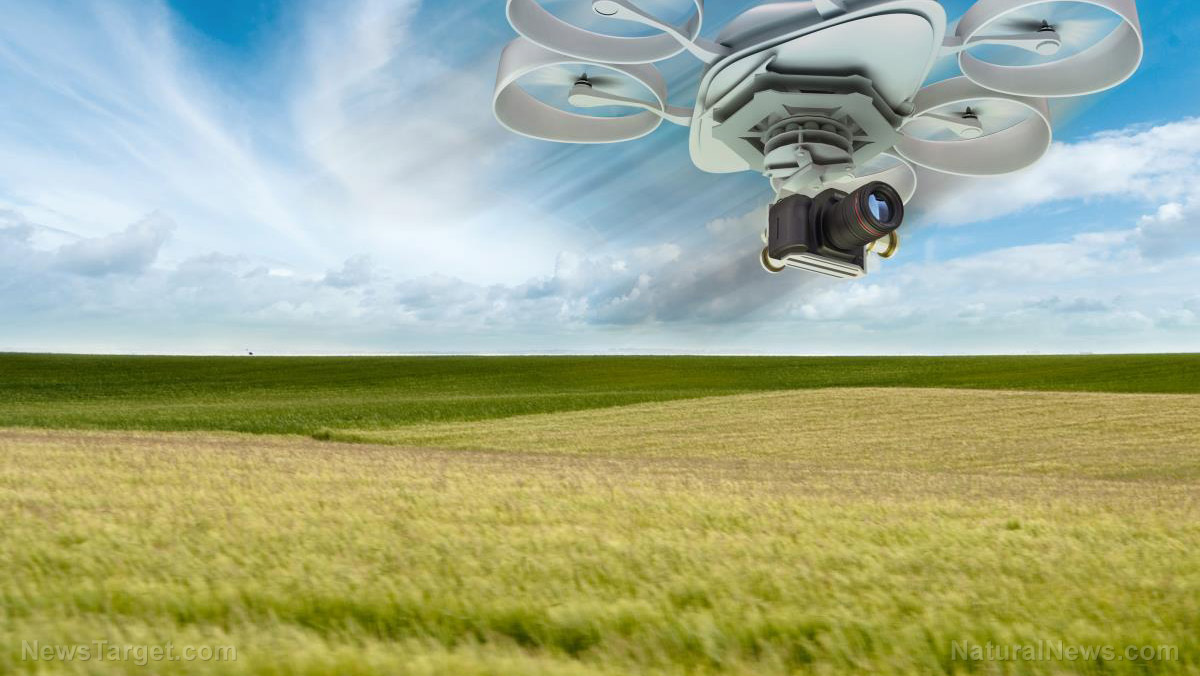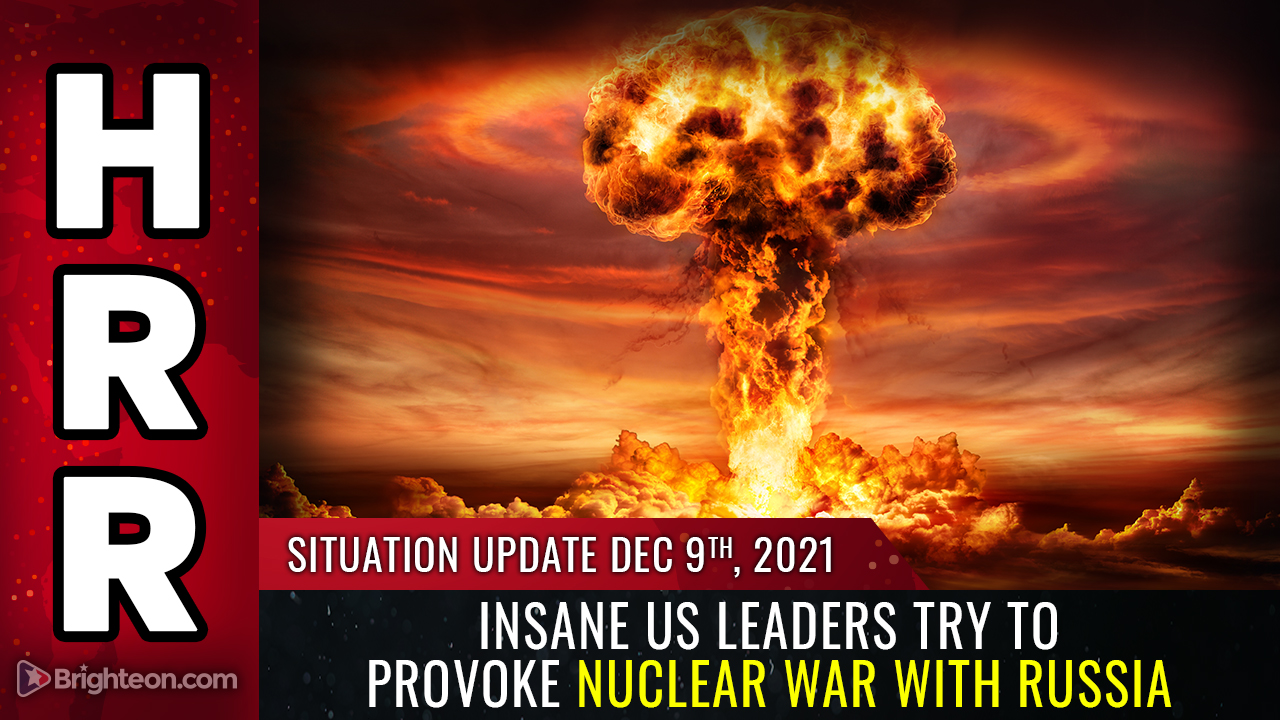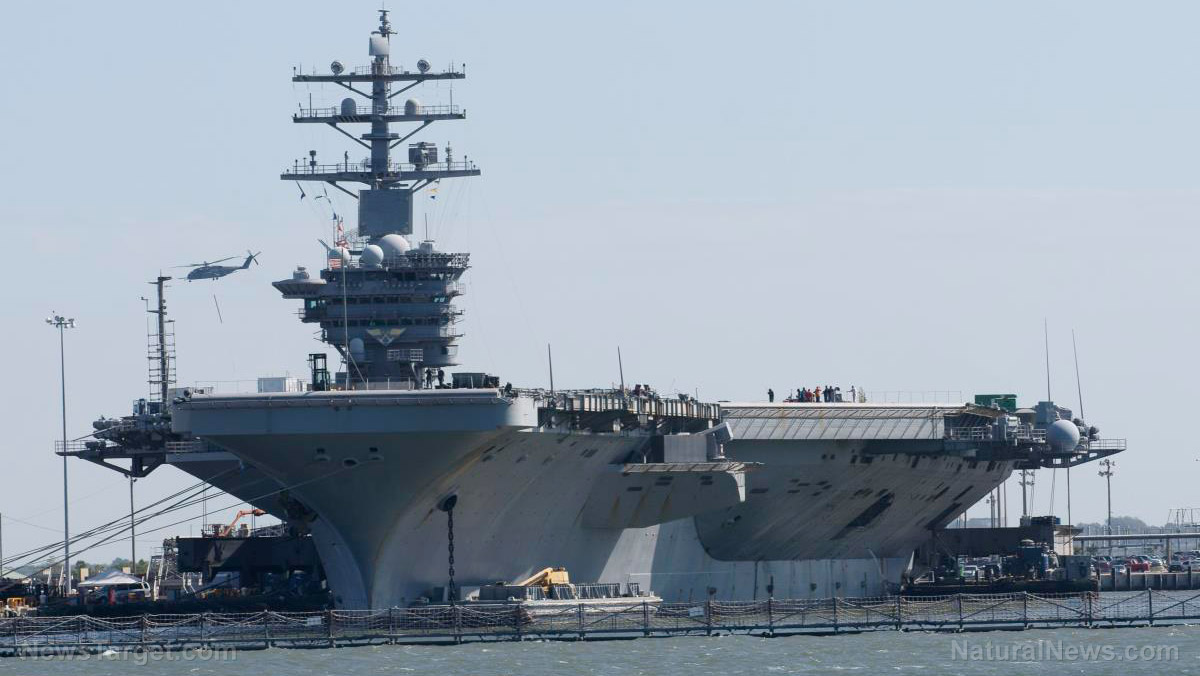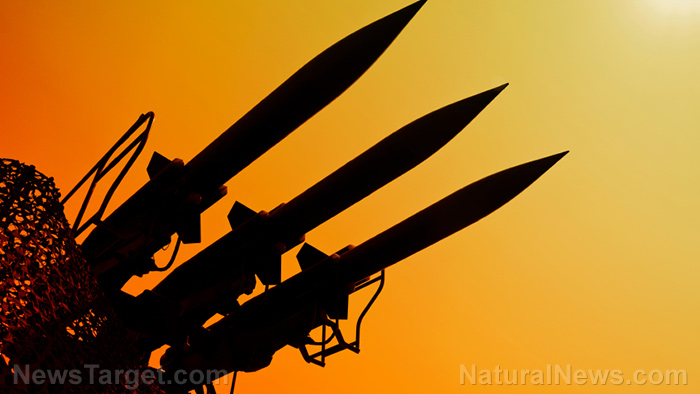China pushes for expansion of its nuclear arsenal, braces for nuclear showdown with US military
06/06/2021 / By Virgilio Marin
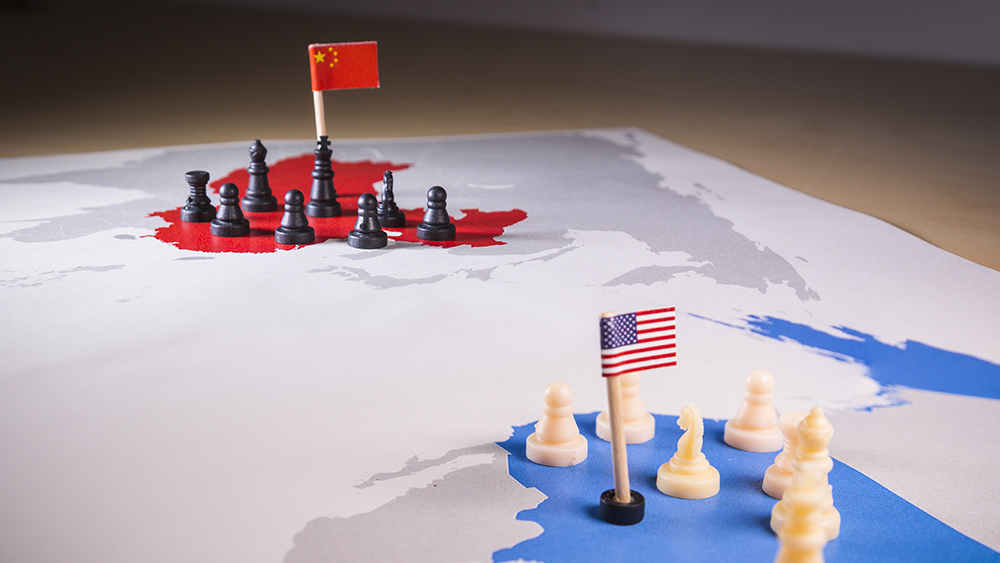
In an opinion piece published May 27 in Beijing’s mouthpiece Global Times, editor-in-chief Hu Xijin urged the Chinese government to ramp up its nuclear program amid the United States’ intensifying containment of China.
Hu recommended commissioning more nuclear warheads and ballistic missiles in preparation for an “intense showdown between China and the U.S.” He noted that this move is a vital deterrent to the western nation.
In particular, “a large number of Dongfeng-41, and JL-2 and JL-3 (both intercontinental-range submarine-launched ballistic missile) will form the pillar of our strategic will,” he wrote. Hu added that the country must have enough nuclear weapons to make America “shiver.”
By increasing China’s arsenal, Beijing can calmly and actively manage disputes with Washington and avoid incidents that could spark a war, he said. “U.S. hostility toward China is burning. We must use our strength and consequences that Washington cannot afford to bear if it takes risky moves, to keep them sober.”
Hu’s remarks came after the White House approved the dispatch of extra weapons to Australia. The weapons were meant to help the country arm and defend itself against the increasingly aggressive China, which is displeased with Australia for its support of Taiwan. Beijing claims that the Asian island is part of China but the Australian government merely “acknowledges” Taiwan as a Chinese province but does not say it recognizes it.
“It’s sending a very strong message that we are alert, we are not alarmed,” said Karen Andrews, the Minister for Home Affairs of Australia. “But we are doing all that we can to be prepared.”
China aims to build army on par with U.S. military
Chinese President Xi Jinping aims to match America’s military capabilities to protect its territorial interests in the Asia-Pacific. In a meeting with other members of the Chinese Communist Party (CCP) last year, he finalized plans to turn the People’s Liberation Army (PLA) into a fully modern military on par with the U.S. military by 2027.
Analysts interpret this as China’s way of protecting its interests in Taiwan. “Basically, the target is to build PLA’s capability to match the U.S. army by 2027, so it can effectively deter interference by the U.S. Army around the Taiwan Strait,” said Sunfei Wu, deputy head of Hong Kong-based think tank Tianda Institute.
China has been investing in a lot of new military technologies to achieve its 2027 target. These include a new stealth bomber that is capable of bombing major U.S. bases in the Pacific with nuclear weapons.
The aircraft is called Xian H-20 and is still under development. It has a striking similarity with America’s B-2 stealth bomber, which the Air Force started using in the early 1990s. Reports showed that the craft will be equipped with both nuclear and conventional cruise missiles and will have a 5,000-mile range. This will enable the aircraft to strike Guam and other key locations in the Asia-Pacific from a long distance. (Related: China exploiting Caribbean nations to build military and missile bases that can threaten the continental United States.)
The British think tank Royal United Services Institute for Defense and Security Studies opined that the stealth bomber can give China a “truly intercontinental power-projection capability.”
Jon Grevatt, an Asia-Pacific defense analyst at the security intelligence company Janes, suggested that the aircraft has the potential to become a “game-changer.” He said that the stealth bomber’s creators prioritized stealth and long-distance over speed, hence its range.
Follow CommunistChina.news for the latest on China’s aggressive expansion into the Asia-Pacific.
Sources include:
Tagged Under: Asia-Pacific, Australia, Beijing, China, Chines Communist Party, defense, military, military tech, national defense, national security, nuclear war, stealth bomber, Taiwan, threat, U.S., War, weapons
RECENT NEWS & ARTICLES
COPYRIGHT © 2018 MILITARYTECHNOLOGY.NEWS
All content posted on this site is protected under Free Speech. MilitaryTechnology.news is not responsible for content written by contributing authors. The information on this site is provided for educational and entertainment purposes only. It is not intended as a substitute for professional advice of any kind. MilitaryTechnology.news assumes no responsibility for the use or misuse of this material. All trademarks, registered trademarks and service marks mentioned on this site are the property of their respective owners.

